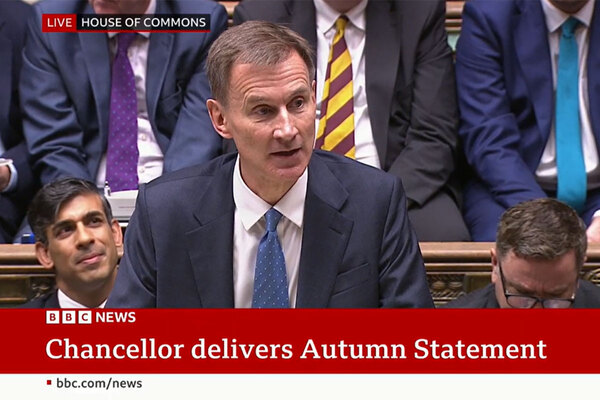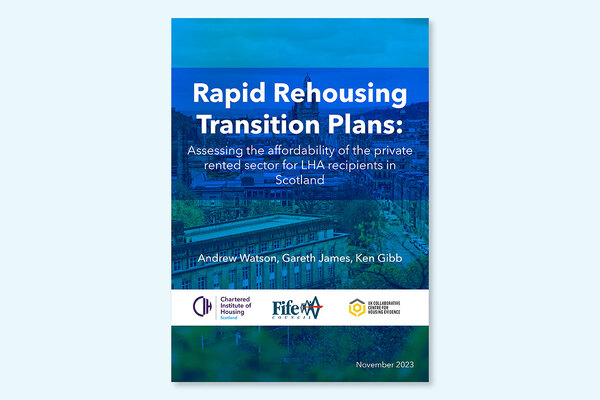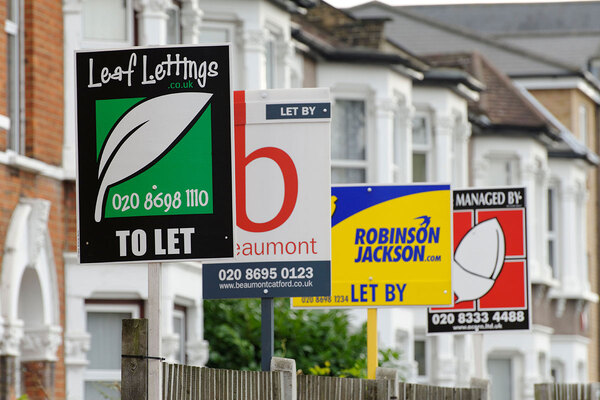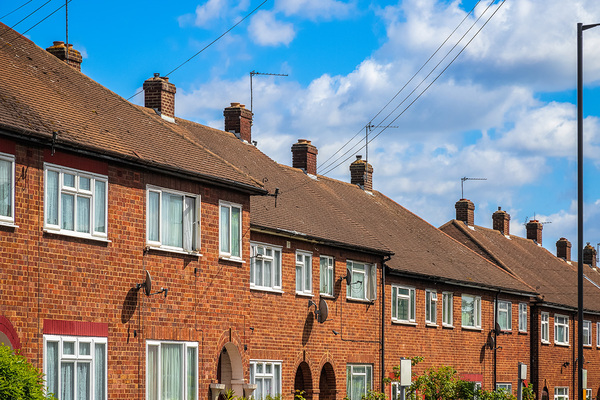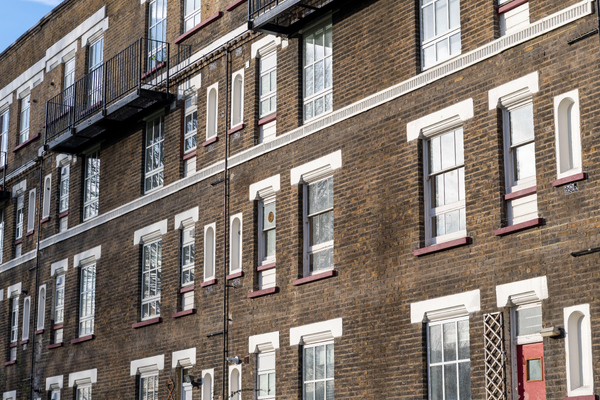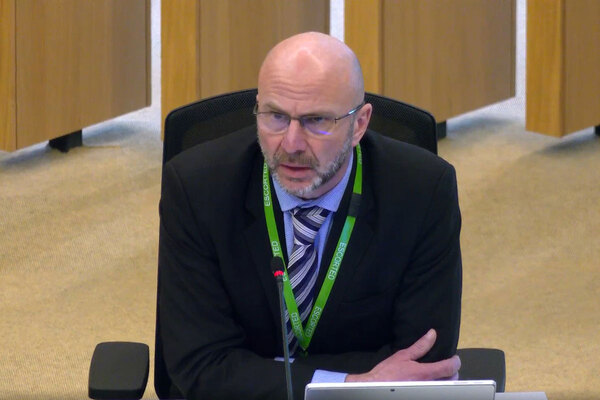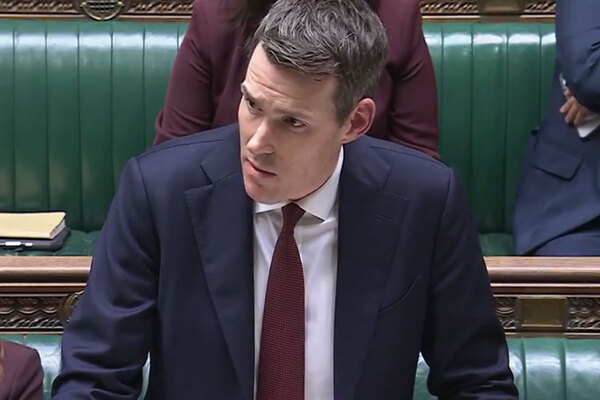You are viewing 1 of your 1 free articles
Just 8.5% of private rented homes affordable under uplifted LHA rates, research finds
Fewer than than one in 10 homes in the private rented sector (PRS) will be affordable to Local Housing Allowance (LHA) claimants after rates are raised in April, research has found.

The new analysis by Savills of more than one million asking rents published by Zoopla in 2023 revealed that just 8.5% of the homes would fall within the new rates, which are being uplifted – by 17% – for the first time since 2020.
LHA is the housing benefit element of Universal Credit paid to people renting privately and is intended to cover the cheapest 30% of housing, with the new rates supposed to reset this benchmark.
Smaller family homes fared worst in the study, with just 4.8% of two-bed and 4.3% of three-bed homes affordable under the revised LHA rates.
These are often the most in-demand and suitably sized properties for households, Savills’ briefing paper warned, with 59% of housing benefit claimants in the PRS having at least one dependant child, according to the 2022-23 English Housing Survey.
Families claiming LHA who are unable to find affordable PRS housing have increasingly found themselves consigned to long stays in unsuitable temporary accommodation while they await a social home.
One-bed homes, 15.7% of which were affordable, and four-beds (9.8%) fared marginally better in terms of affordability.
But across the UK, no broad rental market area (BRMA) – the areas across which housing benefit rates apply – achieved 30% affordability under the new rates.
Lincoln was the BRMA that came closest to doing so, with 24.5% of homes affordable to LHA claimants. Overall, affordability in Scotland (14.9%) was better than in England (8.2%), while just 5.5% of Welsh PRS homes met the LHA thresholds.
Since rates were last set using rental data from September 2019, private rents in the UK have grown on average by 28% to September 2023, according to Zoopla.
Steve Partridge, a director at Savills Affordable Housing Consultancy, said: “Issues of affordability are not exclusive to those reliant on LHA or the private rented sector, they impact all tenures and are a result of a shortage of supply of housing to both rent and buy, combined with a spike in housing demand.”
Mr Partridge said this demonstrates the need for homes of all tenures at the same time as an “increased housing supply would also help reduce the numbers of people living in temporary accommodation”.
Government figures said there were 105,750 households living in temporary accommodation in England in 2023, the highest level on record and 10.5% above the year before.
The rapid rise in people living in temporary accommodation is worsening the already intense strain that councils’ budgets are under, with leaders warning recently that it could contribute to a complete breakdown in the existing model of local government.
Savills’ new analysis noted that legislating for and financing more social housing could be “more cost effective for the taxpayer as it would cut the housing benefit bill and reduce the ballooning cost of temporary accommodation”.
Inside Housing has approached the Department for Levelling Up, Housing and Communities (DLUHC) for comment.
An earlier Savills’ analysis estimated that the increase in LHA rates from April 2024 is around 29% less than the average growth in private rents between April 2020 and November 2023.
At the time, DLUHC told Inside Housing: “Our increase to the LHA rate means that 1.6 million private renters on housing benefit or Universal Credit will gain an average of nearly £800 a year to ease costs.”
Sign up for our Week in Housing newsletter
Already have an account? Click here to manage your newsletters
